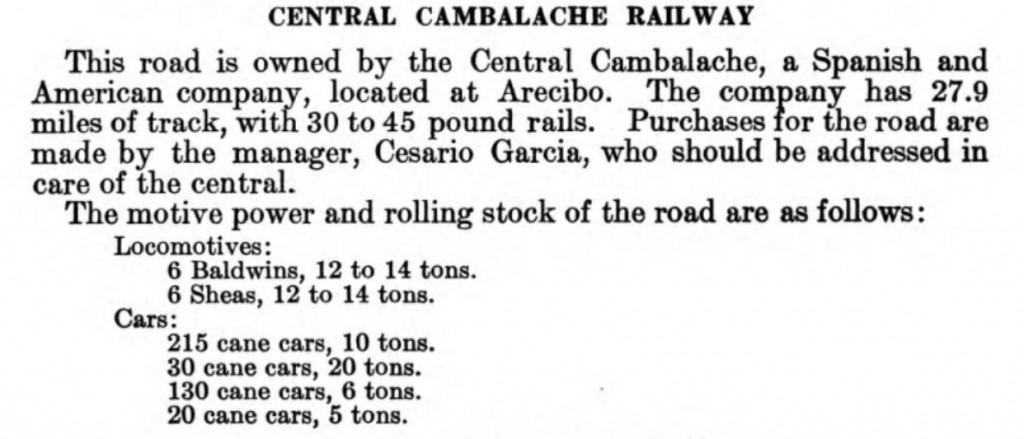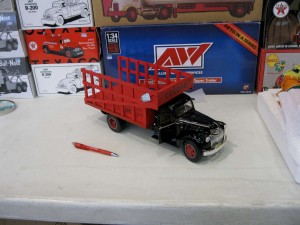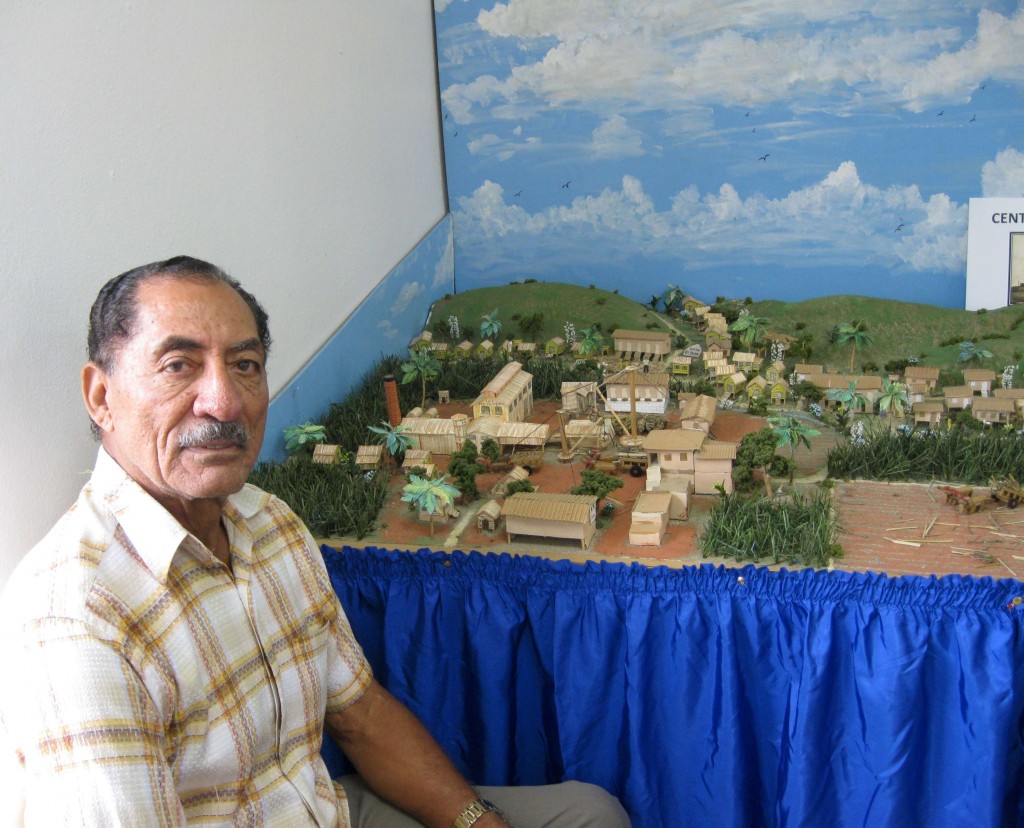William Ivan Sanchez Cabrera
Facebook
Historia del ferrocarril en Puerto Rico, 24 de abril de 2015
—
Fotos usadas con permiso
Fotos muy interesantes. La vía debe tener una conexión con la vía del funicular (Proyecto del Río Blanco). Tengo entendido que el vagón era usado para el mantenimiento del acueducto y las varias represas del mismo. Favor de ver:
Ferrocarril del Sistema Hidroeléctrico del Río Blanco, Naguabo / Railway of the Blanco River Hydroelectric System, Naguabo
http://ferrocarrilespr.rogerseducationalpage.com/?p=116
—-
Ferrocarril del Sistema Hidroeléctrico del Río Blanco, Naguabo / Railway of the Blanco River Hydroelectric System, Naguabo ,
http://ferrocarrilespr.rogerseducationalpage.co
“El sistema incluía un ferrocarril funicular operado por un malacate (winch). Se
usó para la construccíon y mantenimiento de un acueducto y represas en los ríos
Cubuy, Sabana, Icacos, y Prieto localizados en El Yunque. Estos ríos forman el
Río Blanco de Naguabo.
Material era llevado a una altura de 1400 pies aproximadamente usando el funicular
y luego transferido al ferrocarril. Según entrevistas, el ferrocarril usó
locomotoras de vapor y luego eléctricas.”
No tengo datos de personas que vieron el sistema en operación . Tampoco he
encontrado datos del equipo usado. Una persona mencionó que se llegó a usar
bueyes. En los libros sobre el Yunque solamente se menciona el funicular y no el
ferrocarril. Llamé a las oficinas del parque de El Yunque, pero no pudieron
ayudar.
Sería interesante ver si el registro de la propiedad tiene alguna información.
Otra opción es ver si las oficinas principales tienen más información.
Creemos que el carrito / vagoneta fue usado en el ferrocarril del acueducto y no
en el funicular. Tengo entendido que los trabajadores subían hasta el área del
acueducto usando el funicular. Por lo tanto el vehículo usado tenía que ser de
otra forma.

Ver:
Where Dwarfs Reign: A Tropical Rain Forest in Puerto Rico
https://books.google.com.pr/books?isbn=0847702553 , Kathryn Robinson – 1997.
“a narrow gauge railroad ascends a valley along the penstock pipe to the Río Blanco power plant…”. p 191. [Se refiere al funicular que corre paralelo a la tubería forzada (penstock). Ver http://ferrocarrilespr.rogerseducationalpage.com/…/Cami…]
“Waterline Trail to Los Prieto Falls in El Yunque | Puerto Rico Day Trips Travel Guide.” N.p., n.d. Web. 28 Apr. 2015.
http://www.puertoricodaytrips.com/waterline-trail/ – “This rail system was
apparently used in the construction and maintenance of the pipeline, to get
materials and workers up and down the mountainside. Here we found (newly cleared
of vines by the maintenance guys — what luck!) was a “Lidgerwood” winch and cable
system that raised and lowered the rail cars. It is a pretty steep hill, and it
must have been a scarey ride.
We’ve been told that, during the pipeline construction, there was a tragic
accident. While a rail car filled with workers was being pulled up the
mountainside, the cable broke … and the workers plummeted to their deaths. I am
unable to find documentation about this incident, so I don’t know how much of the
story is true.”
Ferrocarril del Sistema Hidroeléctrico del Río Blanco, Naguabo / Railway of the Blanco River Hydroelectric System, Naguabo
http://ferrocarrilespr.rogerseducationalpage.com/?p=116
Krug, Frederick. “El proyecto de Río Blanco según fue constuido en 1929.” Revista de obras públicas, vol. 7, núm. 7; jul. 1930. http://www.conucopr.org/ViewRecord.do?id=11123513 . Favor de ver / Please see: Proyecto del Río Blanco







































